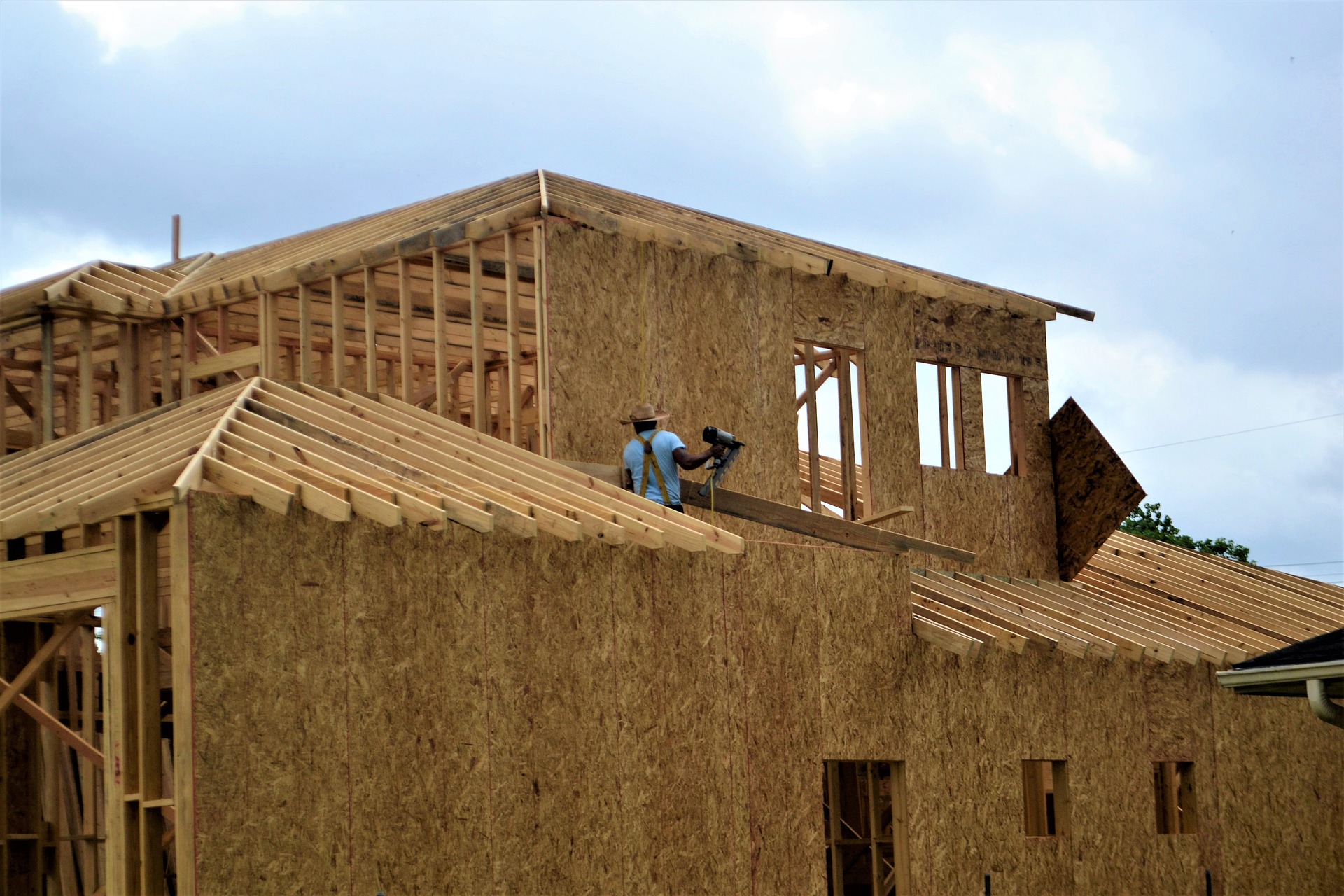With operational emissions accounting for 28 percent of global carbon emissions, the housing market has been making a concerted effort to be more sustainable. Each year, homeowners spend $424 billion on home renovations. Recently, more homeowners have been moving to renovate their homes to make them ‘net zero’, energy-efficient, and green certified. This comes as no surprise, since 84 percent of residents affirmed that living in a green home is important to them. For those homeowners wishing to implement their sustainable ideas in their home, one of the first things that will come to mind is financing. The general perception that sustainable buildings are more expensive to build can give the impression that a sustainable home renovation may cost you a lot. On the bright side, more lenders are moving to support sustainable building, and offering tailored financing options that can help you transform your home into a green, eco-friendly oasis.
Apply For An Energy Efficient Mortgage
Energy efficiency mortgages can either be used to purchase a home that is energy efficient or finance the energy-efficient improvements to an existing home. A key difference between a traditional mortgage and an energy efficiency mortgage is that the lender considers the cost savings and benefits of the energy efficiency upgrades. There are also several federal and private options for an energy efficiency mortgage. Under the Federal Housing Administration Energy Efficiency Mortgage program, homeowners with an FHA mortgage can get the FHA to insure the cost of energy-efficient improvements on their homes. However, these improvements must be assessed by a qualified energy assessor. For a list of participating lenders and the application process, contact your local HUD office.
Alternatively, there is the Veteran Affairs Energy Efficient Mortgage, which is available to veteran homeowners. If you prefer, you can also apply for a conventional energy efficient mortgage like Fannie Mae’s HomeStyle Energy mortgage, which allows you to finance sustainable home improvements, either using a purchase or refinance mortgage. Some states also have their own individual energy-efficient funding programs like the Residential Energy Efficiency Loan Assistance Program in California.
Ask Your Bank For A Traditional Renovation Loan With Better Rates
Homeowners can also approach their bank for a conventional home improvement loan. Currently, the rates for home improvement loans range between 3 and 36 percent. In some cases, this can work out cheaper than applying for an energy-efficient mortgage. For instance, the Solar and Energy Loan Fund’s Solar PV Loan offers interest rates starting at 7.99 percent.
However, if you can present a good case for your sustainable upgrades to your mortgage or loan lender, they may be more inclined to offer you a good rate. The key to doing this is to make a strong case about the benefits of making your home sustainable. For instance, energy-efficient appliances can save households $500 annually on utility bills. Keep in mind that your eligibility is also judged based on factors like your credit score, so to qualify for the financing, you will need to satisfy the rest of the loan criteria. The good news is that, according to home loan experts, you can work with specialist brokers to improve your chances of securing a loan if you have a poor credit score.
The Solar And Energy Loan Fund
The Solar and Energy Loan Fund aims to help moderate or low homeowners upgrade their homes to be more energy efficient and sustainable. It is a popular home improvement loan option since it provides a low-cost approach, thanks to rates starting from 5 percent. Loans are also approved based on a homeowner’s ability to repay instead of their credit score – making it a financing option if you have lower credit scores. The program also offers several dedicated loan categories like a Solar PV Loan for the installation of solar panels, and Sewer & Water Loans for sustainable water upgrades.
Finally, you may qualify for the Residential Renewable Energy Tax Credit. Homeowners can claim the tax credit for solar, wind and geothermal upgrades in their principal and second homes. If you do qualify for the tax credit, you can claim up to 30 percent of the cost, including installation. As more lenders recognize the increasing desire to making homes more sustainable, the options will continue to expand.


